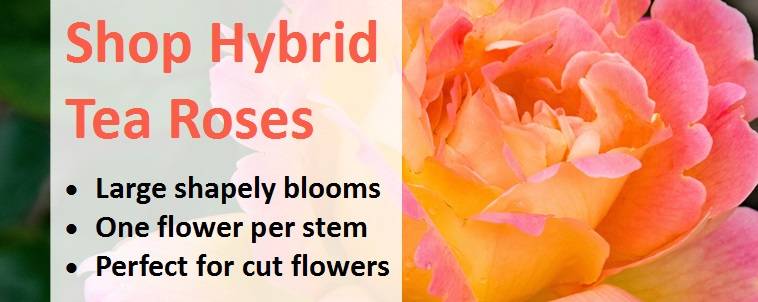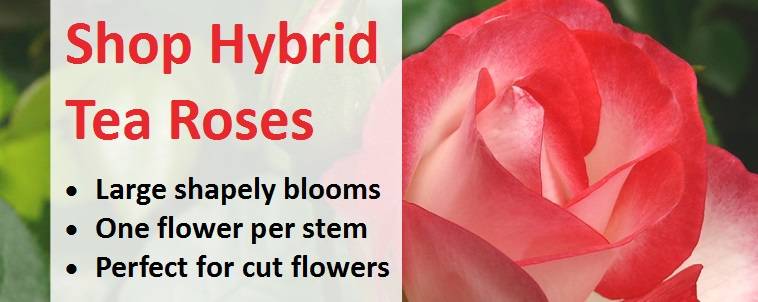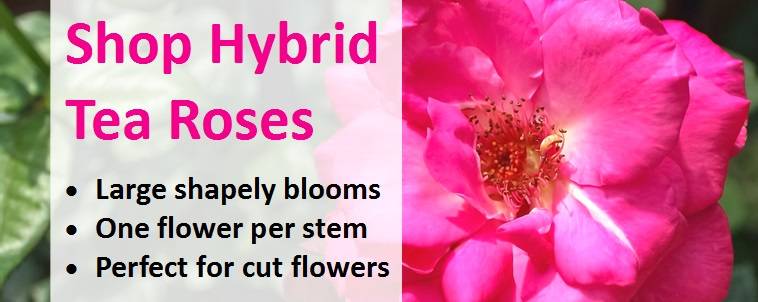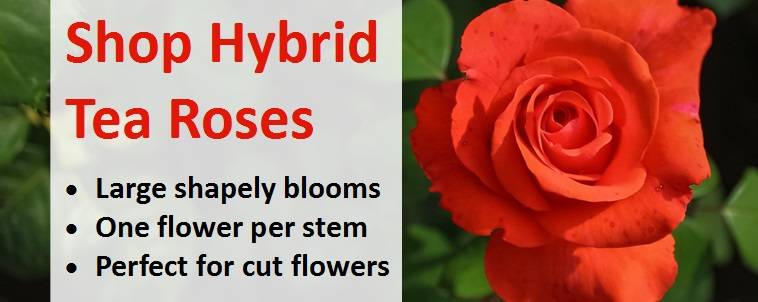Guide to Hybrid Tea Roses
Hybrid teas are the most popular type of rose, referring to a category of roses that were originally created by cross-breeding Hybrid Perpetual and Tea roses. This means they are both hardy and typically repeat flower, producing large, shapely flowers that open from high-centred buds on long, straight stems. Hybrid tea roses have a stiff, upright growth habit, often sparsely foliaged, and tend to flower in three flushes from summer to late autumn. They usually have one bloom per stem, making them great for using as cut flowers.
Selecting a Hybrid Tea Rose
There are a wide range of hybrid teas available in colours ranging from soft pinks to deep reds, lilac to vibrant yellow and perfect white to apricot. Selection is very much a matter of personal taste but we suggest you refer to our 'Best Hybrid Tea Roses A-Z' below for some ideas.
Planting Advice
When to Plant
Containerised roses can be planted at any time of the year, although from the beginning of autumn to early spring is best as this is when they are dormant. Do not plant your new hybrid tea rose if the ground is frozen or waterlogged. If the conditions are not appropriate, keep containerised plants in an unheated outbuilding and 'heel in' bare root roses by digging a trench in ordinary garden soil and placing the roots inside, covering with soil and firming down. Provide additional fleece protection if conditions are particularly harsh.

Choosing a Site
Hybrid tea roses like to be grown in a sunny position that is sheltered from strong winds. They will not succeed in shade or if crowded by other plants. A well-drained soil is preferred as they do not typically cope well with wet ground. If your garden naturally lies wet, incorporate some sand or coarse grid and organic matter when planting to improve drainage.
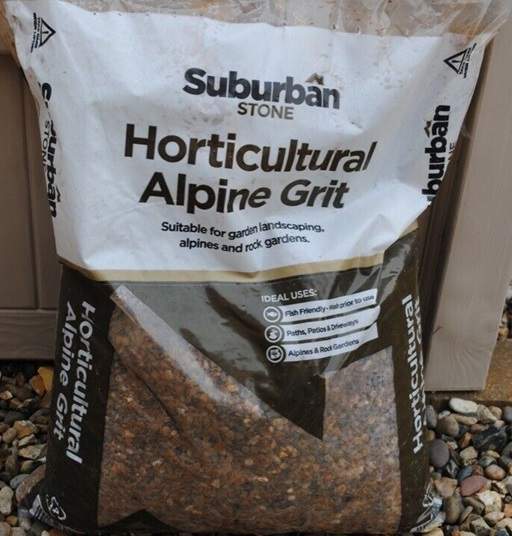
Planting
Double-dig the soil before planting to eliminate compaction and ensure it is well aerated. Dig your planting hole wide enough to comfortably accommodate the roots and deep enough so the graft will rest at soil level (to spot the graft point look for a bulge at the base of the shoots). Spread the roots across the planting hole and backfill using a mix of the dug soil plus plenty of well-rotted organic matter such as garden compost, recycled green waste or manure. We also recommend mixing in a generous helping of rose feed as roses are heavy feeders. Firm the soil down and water well. If you want to grow several roses together, plant them 80-100cm (6 foot) apart.

Growing Roses in Containers
Roses also grow well in containers, which is a good option if you have a heavy clay soil or just want to add a splash of colour to the patio. Choose a deep container to accommodate the rose plants deep tap root system (except for miniature roses where you will get away with a smaller pot). Choose a loam-based compost such as John Innes No 3, water well and top-dress with rose fertiliser each April. All other planting steps are the same as for growing roses in the ground (see above) but you'll need to pay special attention to feeding your rose using rose feed or another high potassium fertiliser regularly during the summer flowering period.
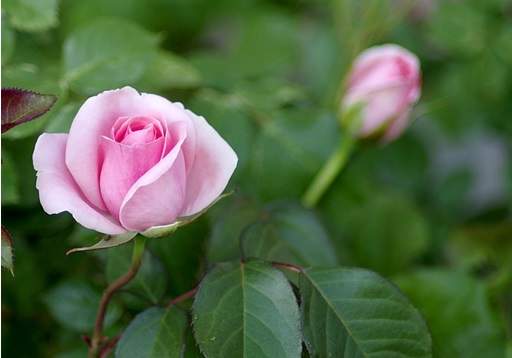
Garden Care
Pruning - Hybrid Tea Roses
Correctly pruning your hybrid tea will ensure it grows vigorously and blooms well year after year. If repeatedly left unpruned, the branches of your rose bush will gradually tangle and start to look a mess. Hybrid teas are best pruned in early March just as they are starting to grow again. Make sure you have the right equipment for the job - a good pair of gardening gloves and sharp pair of secateurs are essential.
First, remove any crossing, dead, diseased or damaged stems - cut back at the base if necessary to eliminate over-crowding and create an open, goblet shape. Next, prune the remaining stems back hard to 10-15cm (4-6 inches) above the base. Any less vigorous (older) shoots can be shortened about 5cm further. Finally, clear any fallen leaves and debris from around the base of the plant to keep things tidy and reduce the risk of disease and fertilise using rose feed.
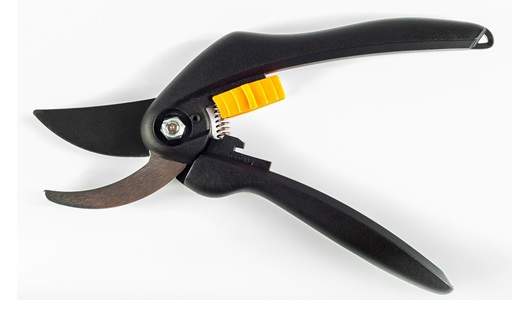
Cold Protection
Most hybrid tea roses will require some frost protection during very cold periods and frosts in the UK as they are not fully hardy. Horticultural fleece is best, but other permeable materials also work well.
Pests and Diseases
We only sell hybrid tea roses with an acceptable level of disease resistance; however, no roses are completely immune. We outline some of the main problems below and how to overcome them:
- Blindness (lack of flowers) - it's not unusual for some flowers to not flower every year, but a repeated lack of blooms across most stems is likely to be a sign of a problem. 'Blindness' is caused by the plant's energy being diverted, rather than being invested into blooms. The most common reason is over-exposure to harsh weather conditions or too much shade, which can be solved by providing some protection/shelter and making sure you grow your roses in a sunny site. Make sure you remove all/most of the older wood during annual pruning to encourage vigorous new shoots and cut any blind shoots back by half to a strong bud.
- Rose Aphids - greenfly, blackfly and other insects which will suck the sap from your roses. Check your roses regularly for signs of infestation on or under the leaves and on the buds. If the infestation is minor, squashing the insects may solve the problem but often an aphid bug killer spray is required.
- Black Spot - a fungal diseases evidenced by dark purple or black blotches on the leaves, which often results in leaves turning yellow or falling off the plant. The step to deal with black spot is to collect and destroy any affected fallen leaves. Next, use a fungus killer spray as soon as possible.
- Dieback - usually caused by a combination of inadequate care, weather conditions and pests/diseases. Prevention is easier than cure, so make sure you plant your roses in well-prepared ground that is not vulnerable to drought or water-logging, spread the roots, prune annually (particularly for dead, damaged and crossing branches), feed in spring using rose feed and water during prolonged periods of dry weather. If your plant is affected by die back, make sure you do all of the above steps and consider using a fungus killer spray if you believe this may be contributing to the problem.
Our Hybrid Tea Roses A-Z
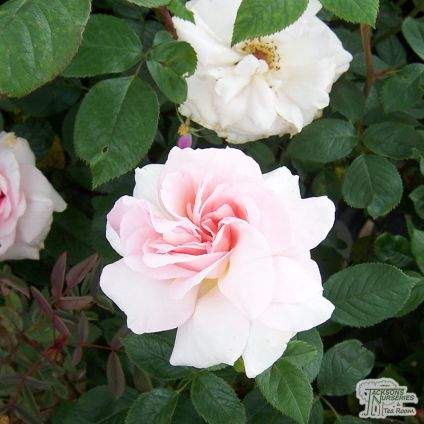 |
 |
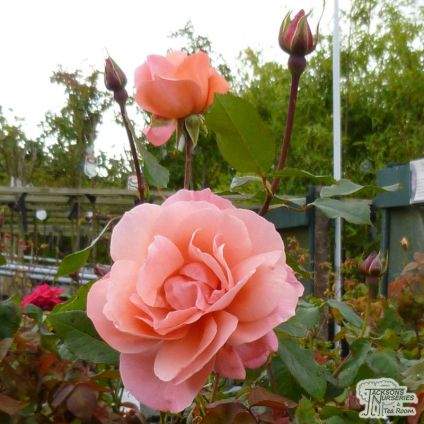 |
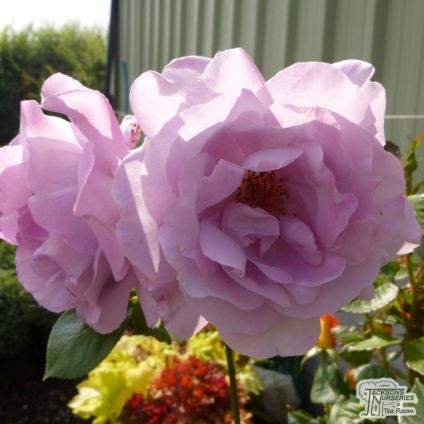 |
- Rose A Whiter Shade of Pale- beautiful and extremely fragrant, large pale pink to white flowers above an upright habit with ovate, glossy, dark green leaves.
- Rose Alecs Red- masses of luxurious, fully double, crimson to cherry red blooms produced continuously from dark purple buds between July and September.
- Rose Blessings- fully double, sweetly scented coral pink blooms produced continuously until late autumn.
- Rose Blue Moon- upright, strong-necked hybrid tea bush with very large, shapely, fully double, soft mauve-pink blooms that emerge from attractive, long pointed buds.
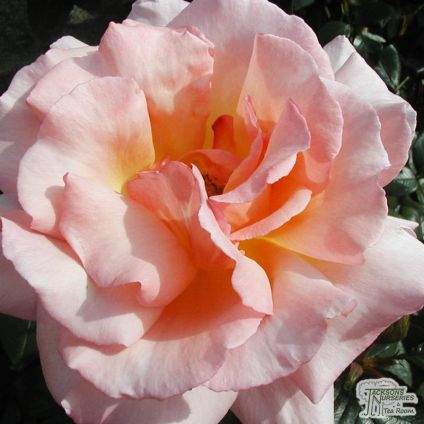 |
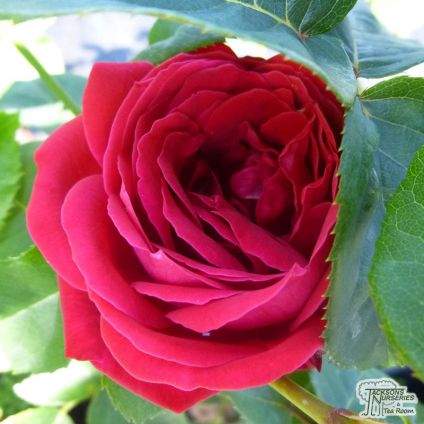 |
 |
 |
- Rose Compassion (Climbing Hybrid Tea)- beautiful, fully double, high-centred soft apricot to salmon pink blooms with an outstanding, sweet scent emerge from well-shaped buds between June and August.
- Rose Dame de Coeur- stunning red rose with glossy dark green leaves and large, fragrant mid-red flowers appearing throughout the summer and autumn above a compact bush of glossy dark green leaves.
- Rose Dawn Chorus- fragrant, eye-catching, deep orange blooms, flushed yellow at the base of each peta.
- Rose Deep Secret- velvety, deep crimson blooms which emerge gracefully from dark purple buds.
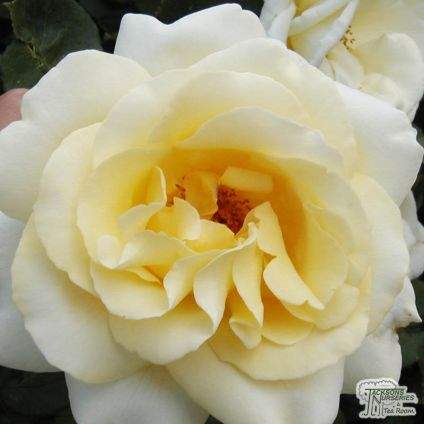 |
 |
 |
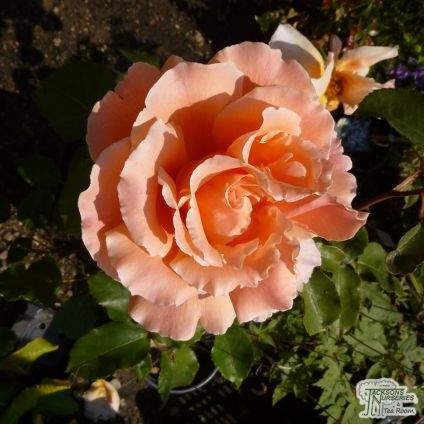 |
- Rose Elina- masses of shapely, fully double pale primrose-yellow blooms emerge from pointed buds on strong stems before fading to a stunning, soft ivory-colour and releasing a citrus fragrance.
- Rose Freedom- beautiful, deep yellow double blooms that hold their colour throughout summer and autumn. 'Freedom' is a vigorous bushy variety with good disease resistance.
- Rose Indian Summer- apricot-orange coloured double flowers that have a very fragrant scent in summer and autumn. Small compact shrub with dark-green, shiny deciduous leaves, and good disease resistance.
- Rose Just Joey- large, double, coppery-apricot blooms with ruffled petals and pronounced red veining.
 |
 |
 |
 |
- Rose Lincoln Cathedral- pink blooms with a delicate fragrance above olive green deciduous leaves. A good choice for growing in a container or using as cut flowers as the blooms last well in water.
- Rose Lovers Meeting- bright double orangey-red blooms with pointed outer petals and a sweet fragrance.
- Rose Mister Lincoln- large, high-centred, double, velvety deep red blooms emerge from long, pointed buds above leathery, dark green deciduous leaves from July to September.
- Rose National Trust- beautifully shaped crimson red blooms borne on erect stems, complimented by dark green matt foliage making an ideal rose for flower arrangements. Good disease resistance.
 |
 |
 |
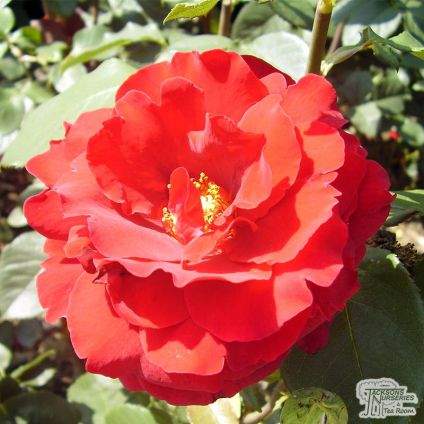 |
- Rose Pascali- large, high-centred, fully double pure white blooms which are urn-shaped and neatly-formed with a blush of creamy-yellow in the centre as they are opening.
- Rose Precious Platinum- free flowering deep crimson-scarlet rose, producing double flowers from spring through to autumn surrounded by glossy deciduous leaves, with good disease resistance.
- Rosa Rosemary Harkness- free flowering rose with large fragrant double orange-salmon blooms with yellow-orange on the reverse of the petals, surrounded by dark green semi-glossy deciduous foliage.
- Rose Royal William- delightful, beautifully-shaped, fully double deep crimson-red blooms with long stalks and a lovely, spicy fragrance. A fairly vigorous, upright, free-flowering bush with stout branches.
 |
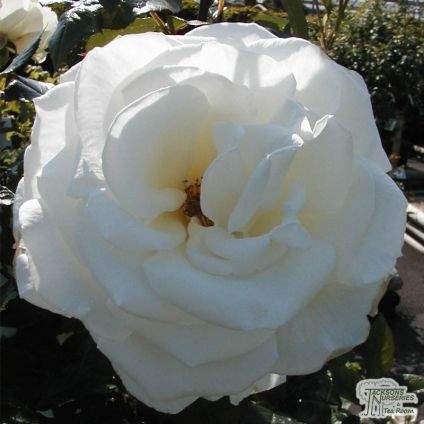 |
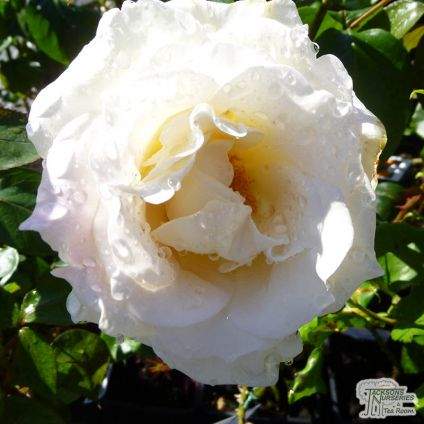 |
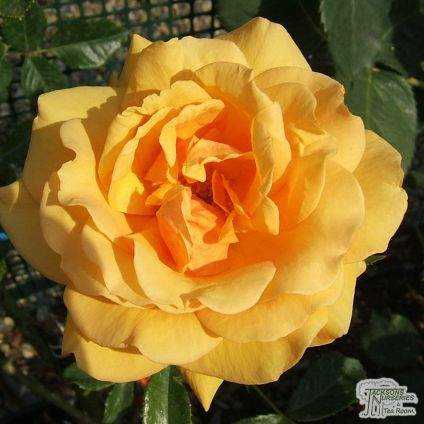 |
- Rose Ruby Wedding- shapely, fully double, deep ruby-red blooms with a velvety texture and subtle, fruity fragrance are borne continuously on stiff stems between July and September.
- Rose Silver Anniversary- bearing a lovely fragrance, white blooms are borne in an abundance amid light green foliage which has good disease resistance. Ideal gift to celebrate 25 years of marriage.
- Rose Silver Wedding- stunning, medium-sized, fully double creamy-white blooms with pale, honey-coloured centres and a subtle, pink blush on the outside of each petal.
- Rose Simply The Best- stunning rose which has beautiful fragrance and mandarin coloured blooms that repeat all summer long. The growth is upright with dark green glossy foliage that is reddish when new.
 |
 |
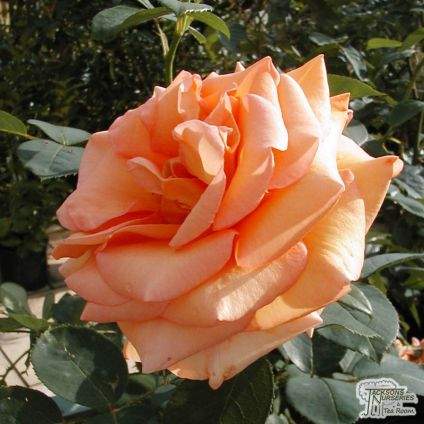 |
 |
- Rose Special Anniversary- excellent strongly fragranced rose, beautiful deep pink blooms lasting throughout the season. Healthy glossy foliage of a bushy upright habit, very good disease resistance.
- Rose Tequila Sunrise- pretty eye-catching large double, yellow flowers with scarlet margins.
- Rose Warm Wishes- classic shaped, peach-coral flowers with an excellent fragrance and weather resistance. Perfect present for most occasions.
- Rose With Thanks- large blooms of pink blend with a yellow reverse and a magnificent strong fragrance above healthy dark green deciduous foliage with very few thorns. Good for using as cut flowers.
-
Plant Guides
- Guide to Bamboo Plants
- Guide to Climbing Plants
- Guide to Climbing Roses
- Guide to Conifers
- Guide to Floribunda Roses
- Guide to Fruit Bushes
- Guide to Fruit Trees
- Guide to Garden Ferns
- Guide to Garden Shrubs
- Guide to Heather Plants
- Guide to Hedging Plants
- Guide to Herb Plants
- Guide to Herbaceous Perennials
- Guide to Hybrid Tea Roses
- Guide to Japanese Maple Trees
- Guide to Ornamental Grasses
- Guide to Rhododendrons
- Guide to Topiary
Share this page:

